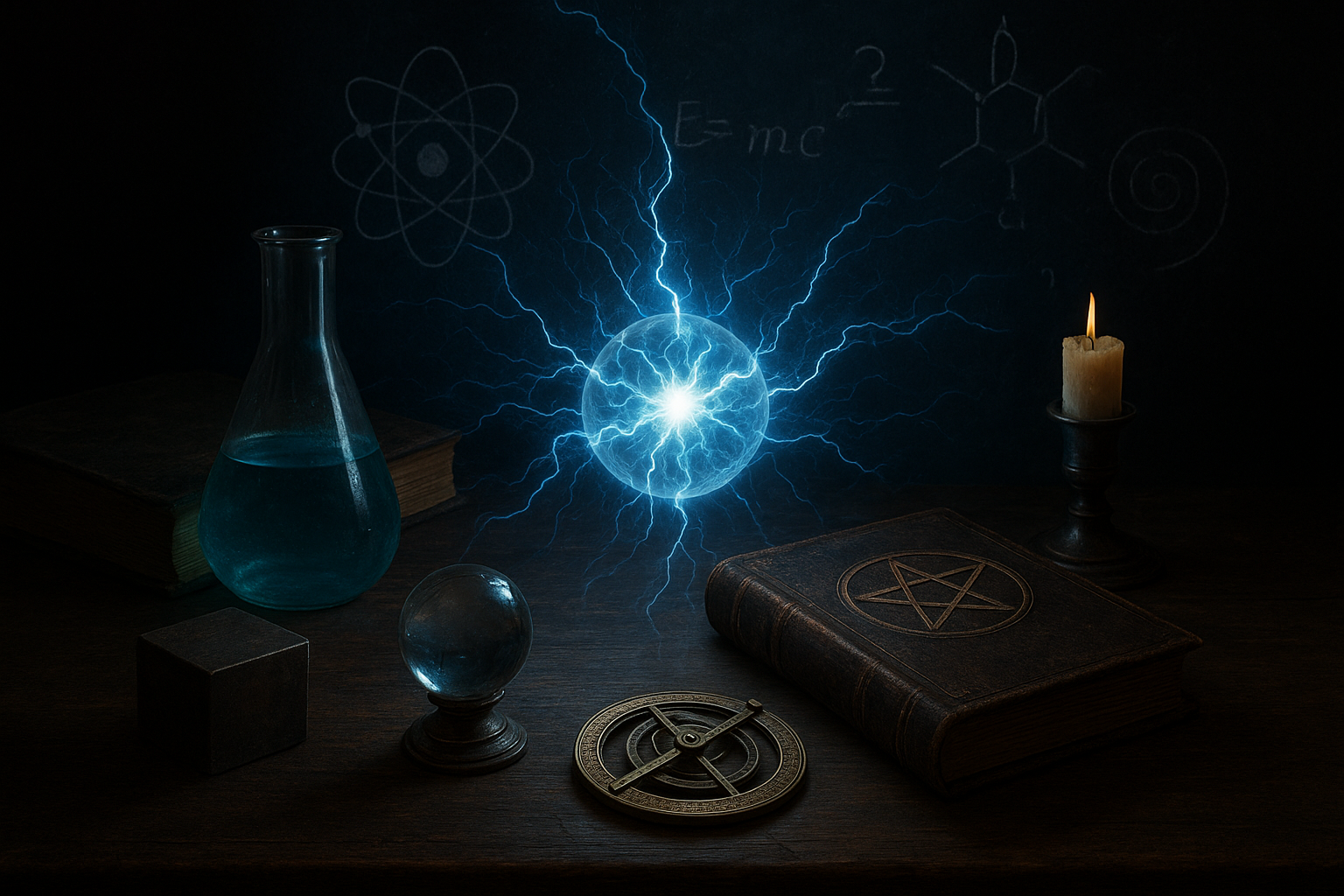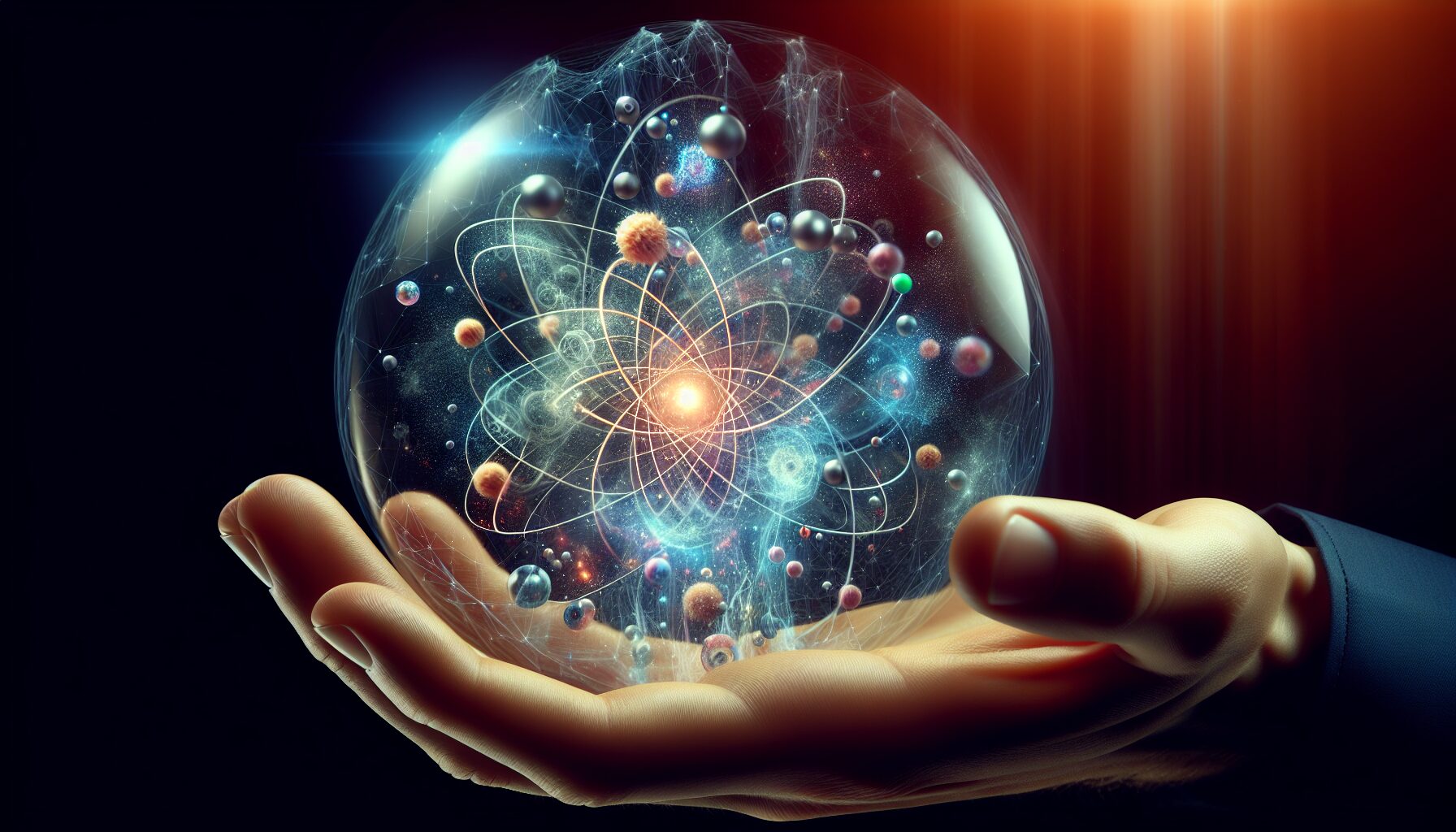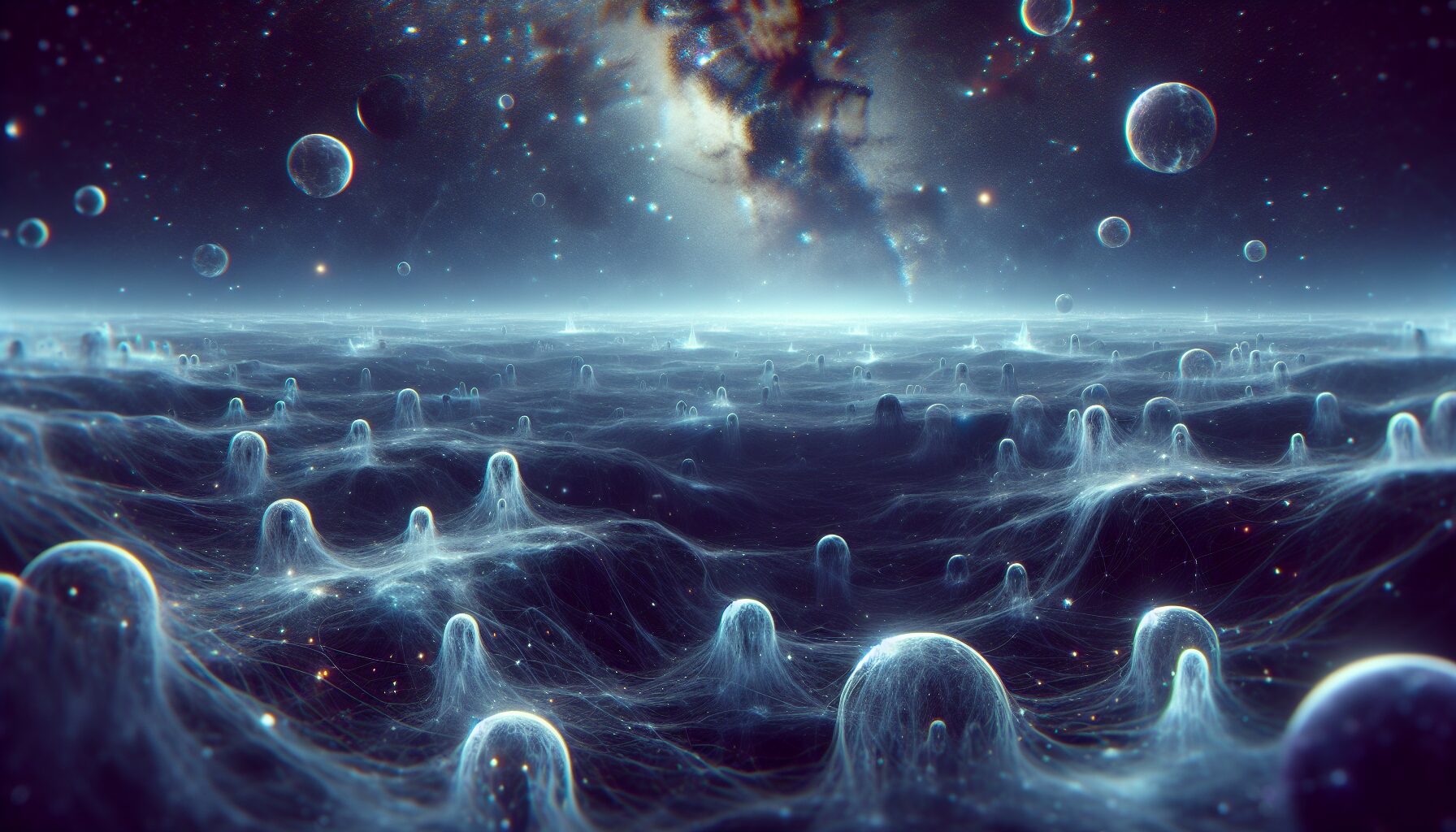The quantum realm is a wonderland of paradoxes and enigmas that continues to baffle scientists, philosophers, and mystics alike. As we delve deeper into quantum mysteries, we find ourselves at the intersection of science and arcane knowledge, exploring the tantalizing dance of particles and waves, possibilities, and realities.
The Quantum Universe
At the heart of quantum physics are phenomena that defy our traditional understanding of reality: superposition, entanglement, and uncertainty. Albert Einstein, though skeptical, famously remarked on the oddity of these concepts: “God does not play dice with the universe.” Yet, the probabilistic nature of quantum mechanics suggests that the universe is, at its core, a tapestry of unpredictability.
One of the most puzzling aspects of quantum mechanics is superposition, the idea that particles can exist in multiple states simultaneously until observed. This concept is famously illustrated by the thought experiment known as Schrödinger’s cat, where a cat is deemed both alive and dead until someone opens the box to check.
Entanglement and Mysticism
Quantum entanglement is another bewildering property, where two particles become linked and instantly influence each other regardless of distance. Albert Einstein referred to this as “spooky action at a distance,” puzzled by the notion that entangled particles could affect each other faster than the speed of light.
“When we change a property (such as spin) of one of the objects, so too will the other one change.”
This phenomenon bears a striking resemblance to mystical ideas of interconnectedness and unity pervasive in many spiritual traditions. In the Eastern philosophies such as Buddhism and Taoism, the notion of interbeing—that everything is interconnected—echoes the inherent linkage of entangled particles.
The Journey Ahead
- Quantum Computing: As researchers harness superposition and entanglement, quantum computing promises to revolutionize technology, offering unprecedented computational power.
- Quantum Consciousness: Some theories suggest our consciousness might be a quantum phenomenon, hinting at unexplored interfaces between mind and matter.
- The Quest for Understanding: The road to deciphering quantum mysteries merges the empirical with the mystical, requiring openness to profound shifts in perspective.
With every discovery, the quantum domain continues to challenge the boundaries between science and spirituality. As physicist Richard Feynman aptly stated, “I think I can safely say that nobody understands quantum mechanics.” In this uncharted territory, perhaps it is the blend of science and arcana that will ultimately guide us closer to truth.


